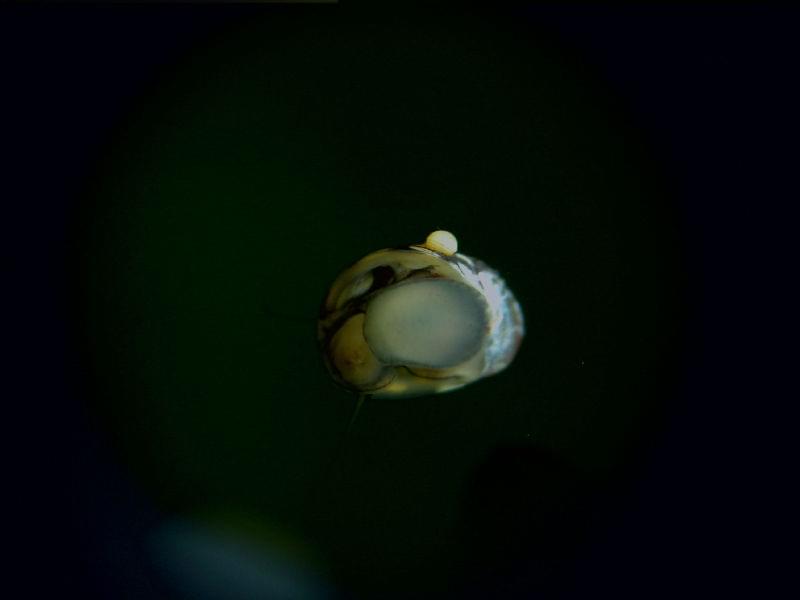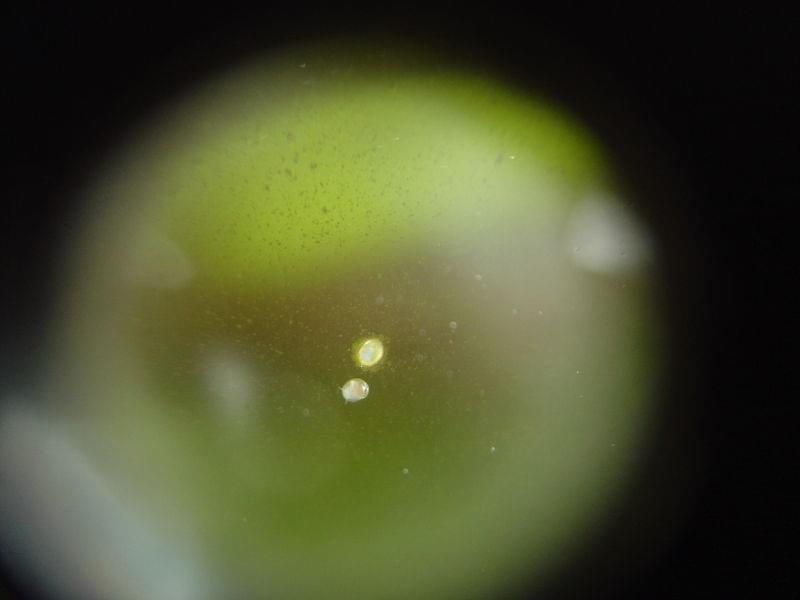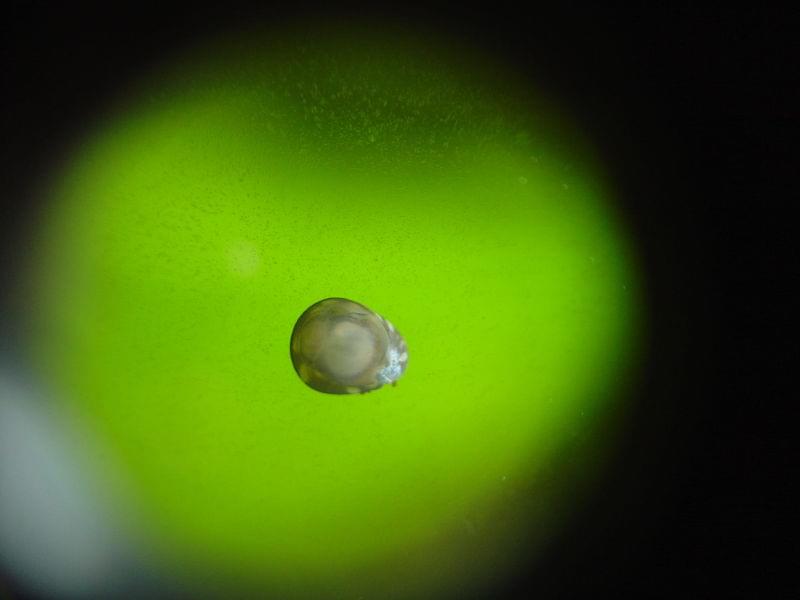I am a fan of freshwater nerite snails, having kept Neritina turrita, Clithon brenspinas, and Septaria porcellana, plus the thorny type, for some time. I am now writing an article for other fishkeepers about these species, but I have found it almost impossible to get good information. I obviously have practical experience of looking after them in aquaria, but what I really needed was scientific details.
All I can find out is that the family Neritidae are prosobranch gastropods, mainly intertidal marine types but some in freshwater. I can find nothing out about the specific species I keep – not even which part of the world they come from (Indo-Pacific?), or the correct scientific name for the thorny type. Are they all gonochoristic? Do they all have veligers which grow up in the sea? Do the eggs hatch in freshwater and the young just die off without being seen, or do the egg capsules not open without salt? It sounds like some of the people on this site have raised Theodoxus spp. without any salt at all? So what is the natural habitat?
I have trawled through the last 100 years of the Journal of Molluscan Studies, searched the internet exhaustively, and even spoken to the British Library. There is one book I know of in English that might help (The Ecology Of Freshwater Molluscs), but it costs around £100 to buy and I can’t really afford this, seeing as it has only one page on the Neritidae in the whole book! I have read through the posts about nerites on this site, but there are only snippets of information. Does anyone know of any scientific papers I might have overlooked, or any books with basic info on the nerites? Or does this information just not exist at the present time?
Many thanks,
Anna


















